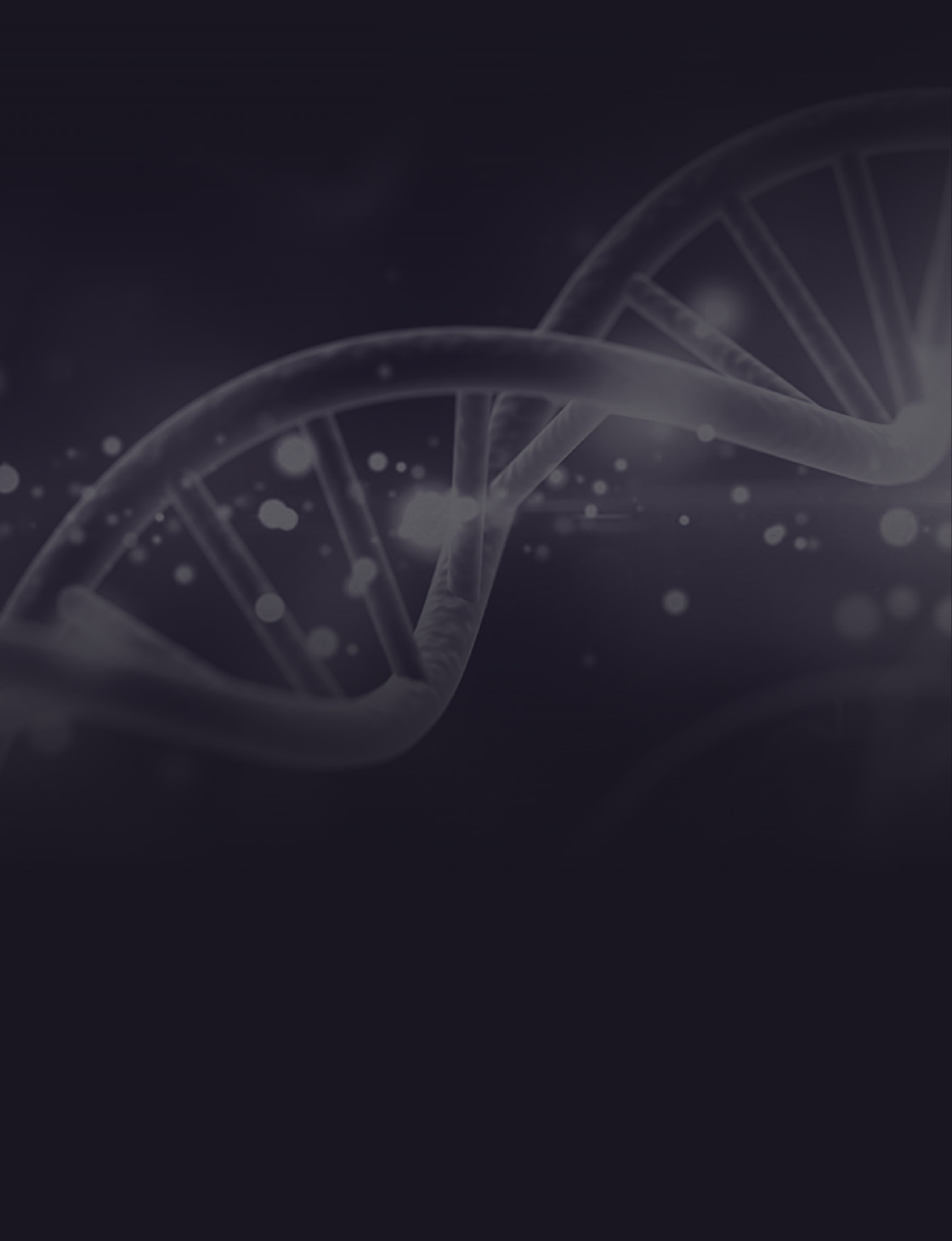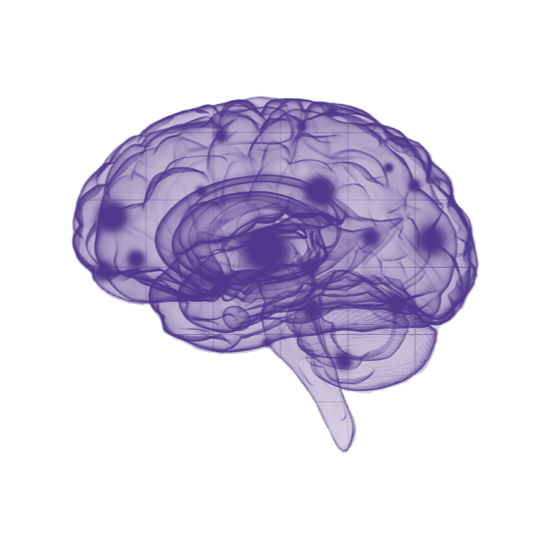

story
3D Printing for Distributed Crisis Response
The personal 3D printing industry has its origins in open source hardware; it emerged beginning in 2004 with an academic lab in Bath, UK, where Dr. Adrian Bowyer and 16 initial principal collaborators developed a prototype for a self-replicating, low-cost, open source 3D printer. Initially funded by the UK Physical and Engineering Sciences Council, the development of the initial RepRap designs grew into a global industry built on both open source and proprietary approaches. The resulting infrastructure of 3D printers–and the communities that use them–enables accelerated and broadened scientific research globally, building blocks for commercial success, global standards for scientific equipment, and engaged STEM education.
It also enables a rapid and impactful response to global crises. In March and April 2020, as the U.S. faced the domestic onset of the COVID- 19 pandemic, it was clear that widespread shortages of Personal Protective Equipment (PPE) would be a severe limitation. In response, thousands of individuals tapped into Open Source COVID-19 Communities like Make4Covid, GetUsPPE, and Makers Unite to design, manufacture, and distribute medical supplies, relying on open hardware approaches–including those based on personal 3D printers–to identify and manufacture promising designs. By working with intermediary organizations like Nation of Makers and Open Source Medical Supplies, at least 42,000 volunteers created 48 million units of PPE that provided an important stopgap during the initial response to this global crisis.
At the same time, an informal network of government workers working with the NIH 3D Print Exchange, the U.S. Veteran’s Administration, and other agencies identified a need to evaluate new and open source PPE designs for use by medical professionals, working with grassroots communities and small manufacturing firms to provide more authoritative validation of open source hardware designs. Relationships formed during the Obama Administration’s Nation of Makers initiative strengthened this network, including some relationships between federal workers and grassroots communities.
Achieving scientific impacts like those described in this story requires continued support for both paradigms and communities like those listed below.
- communities
- paradigms



